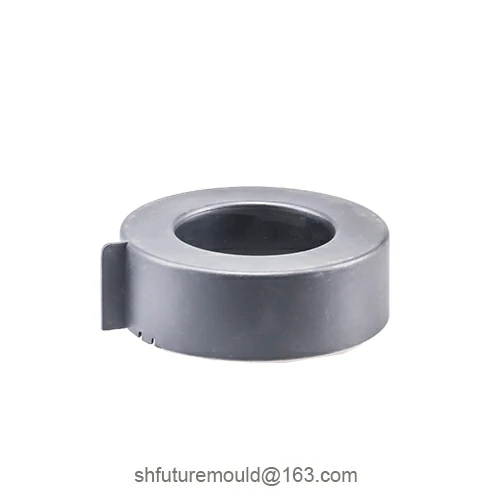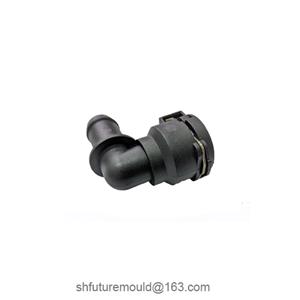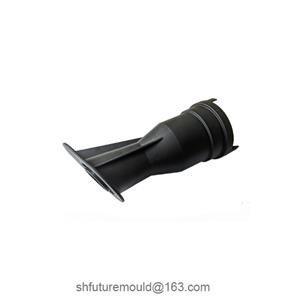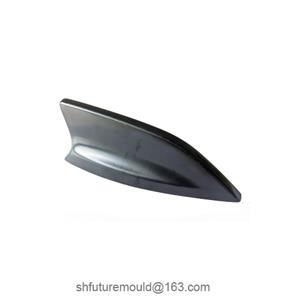Sources of Gas in Injection Mold Cavities
The presence of gas in injection mold cavities is a significant factor affecting product quality. If these gases are not promptly evacuated, they can lead to defects such as bubbles, shrinkage, and silver streaks in the finished product.
There are several primary sources of gas in injection mold cavities:
Residual Air in the Cavity: Before the mold closes, air inevitably remains in the cavity. When the molten plastic is injected, this air is compressed. If it cannot be effectively vented, bubbles will form.
Moisture in the Plastic Material: Plastic materials typically contain moisture before processing. This moisture vaporizes at high temperatures, forming water vapor.
Gases Generated from the Decomposition of Plastic Materials: Some plastics decompose at high temperatures, releasing gases.
Gases Generated from the Volatilization of Plastic Additives: Various additives in plastics, such as plasticizers and stabilizers, can volatilize at high temperatures, releasing gases.
Gases Generated from the Volatilization of Mold Materials: Mold materials may also decompose at high temperatures, releasing gases.
- Injection Mold
- Automotive Injection Mold
- Electronics & Electrical Injection Mold
- Consumer Goods Injection Mold
- Airplane Components Injection Mold
- Medical Components Injection Mold
- Irrigation Components Injection Mold
- Injection Molds




